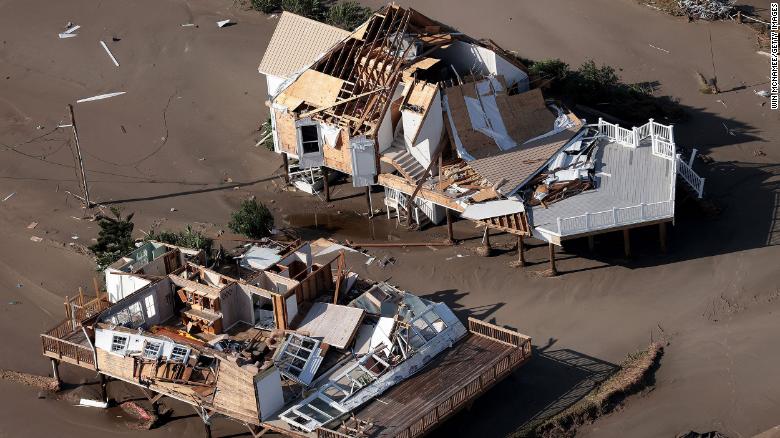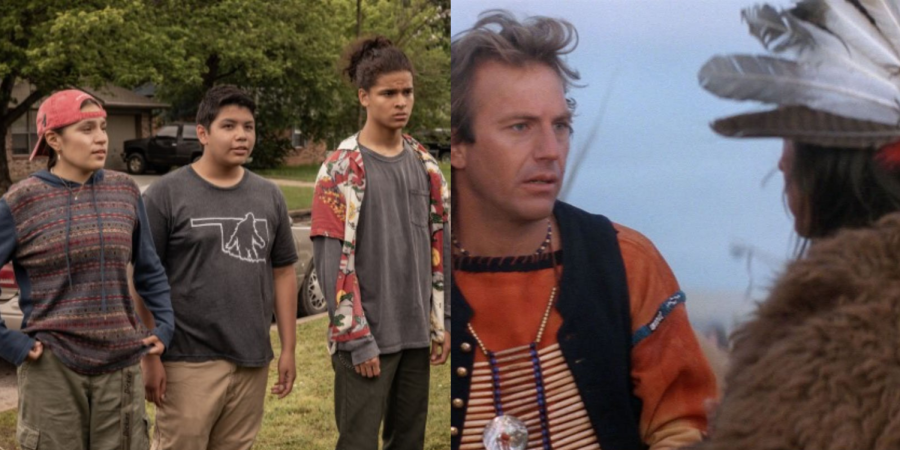Report highlights lack of quality Native American programs in state

A new report commissioned by the Shakopee Mdewakanton Sioux Community (SMSC) found that most K-12 Minnesota teachers lack the confidence or tools to teach about Native Americans — and available resources vary widely in quality. .
“Nothing we do works particularly well,” said Odia Wood-Krueger, author of the report and a teacher in Saskatchewan and Minneapolis for more than two decades. “We have to do better.”
The survey and report are part of the tribe’s Understand Native Minnesota Philanthropy Campaign, a $5 million effort to fund educational resources and training for teachers and administrators on Native American content that began in 2019.
On the positive side, educators want to improve, according to the report.
“I’m really excited about this report. It’s been a long time coming,” said Rebecca Crooks-Stratton, Prior Lake-based SMSC secretary-treasurer. The tribe owns and operates the Mystic Lake Casino Hotel.
Crooks-Stratton said she’s happy to see there’s an appetite among educators for a quality, vetted curriculum. There are good resources, she said, but more are needed and they need to be age-appropriate and up to state standards.
The Wood-Krueger survey, which was delivered to educators, curriculum leaders and educational organizations by email in 2021, received 617 responses, 542 from educators.
“It’s the first of its kind to be created in Minnesota,” Wood-Krueger said.
Two-thirds of educators who responded to the survey did not feel comfortable teaching Indigenous content and said the main challenge was the lack of teaching resources.
Many educators — about 37 percent — had never had professional training related to teaching Indigenous subjects, the report said.
“We’re asking teachers to do things that they’re not supported for…and then we’re like, why aren’t you teaching Indigenous content?” says Wood-Krueger.
The general public wants more Native American-related subjects to be taught in school. Data from a previous SMSC survey indicates that 90% of Minnesotans support teaching additional Native American content in K-12 classrooms.
Fighting the erasure of Native Americans
One of the drivers of the report and the resource assessment is the erasure of Native Americans from mainstream American society and school curricula, the report says.
“So many people don’t realize Native Americans still exist,” Wood-Krueger said.
That’s despite a 2010 Minnesota law requiring Dakota and Ojibwe languages and culture to be taught in all subjects in Minnesota public schools, said Ramona Kitto Stately, president of the Minnesota Indian Education Association. and project director of We Are Still Here Minnesota, a network of Native American leaders that breaks down negative narratives about Native Americans.
“This survey aims to shine a light on what teachers really need,” Stately said. “They’re really afraid of doing the wrong thing.”
The results were no surprise, Stately said, but data was needed to move the effort forward.
The report also offers recommendations for improving access and training on Native American content. They include creating professional development sessions and an accessible curriculum that meets state standards, expanding opportunities for Native American experts to visit classrooms, and tribal participation in the creation of new materials.
They also suggest creating an online repository for educational resources and an online “Indigenous Education for All” curriculum covering Minnesota-specific Native American topics for adults and children.
“I can’t think of a better time than now to be more inclusive of the true history of our state,” Stately said.
The Understand Native Minnesota campaign is entering the grantmaking phase, Crooks-Stratton said, during which a team will evaluate program and training proposals and decide which ones to fund.
“This report is going to be a big part of deciding which projects we fund in the grant phase, which ones are going to give us the most bang for our buck,” Crooks-Stratton said.




